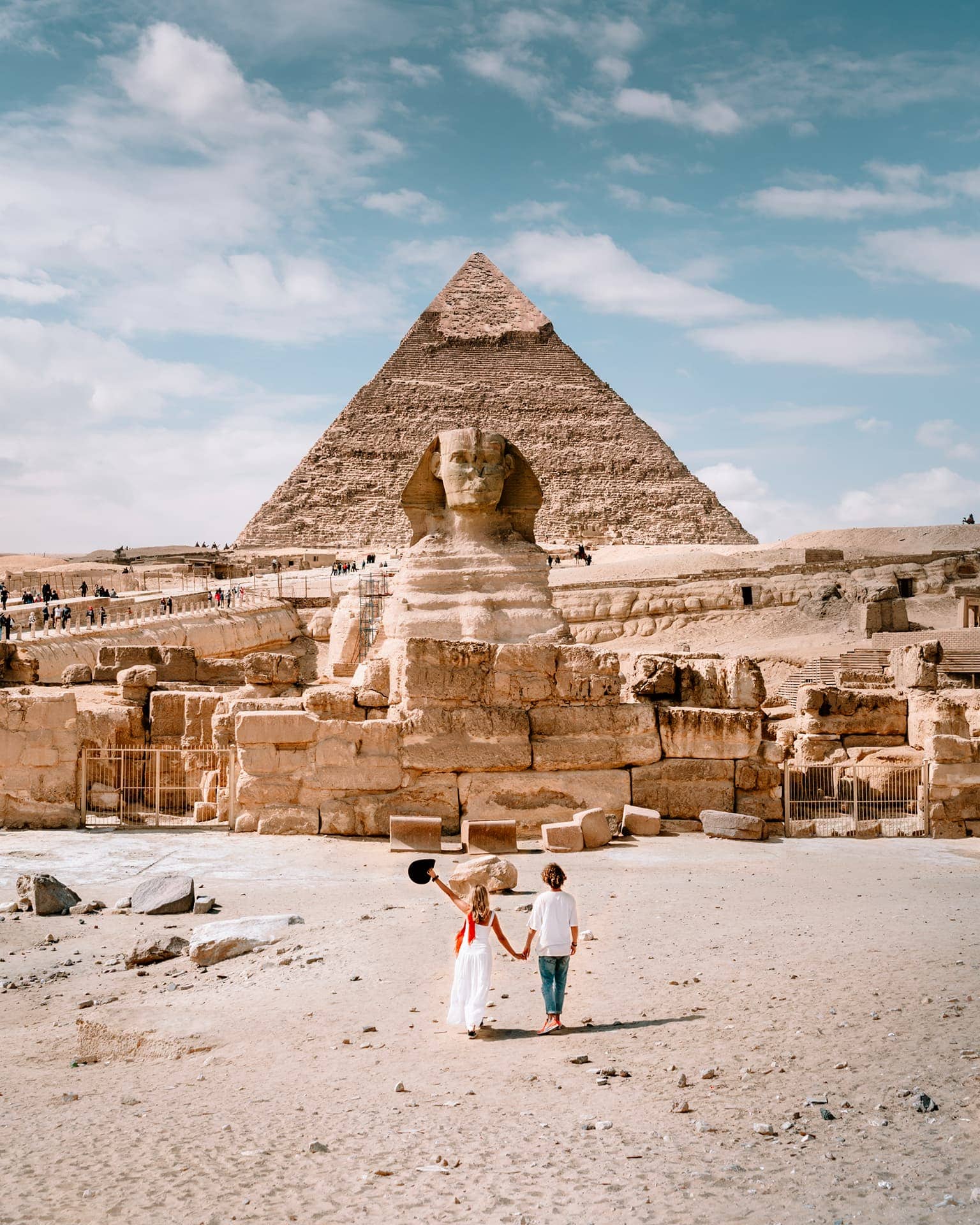The Pyramid of Userkare Khendjer is an intriguing but poorly understood ancient Egyptian monument located in Saqqara, Egypt, dating to the 13th Dynasty of the Middle Kingdom (around 1800 BCE). Here are more detailed insights into this historical pyramid:
1. **Pharaoh Userkare Khendjer**: Userkare Khendjer, also known as Khendjer, was a pharaoh of the 13th Dynasty during a period of political fragmentation and instability in ancient Egypt. His reign occurred during the Second Intermediate Period, a turbulent time marked by decentralized rule and foreign incursions.
2. **Pyramid Structure**: The Pyramid of Userkare Khendjer is a relatively small and modest pyramid compared to earlier royal pyramids. Its size and construction reflect the economic challenges and political turmoil of the 13th Dynasty. The pyramid likely had a core of mudbrick encased in limestone blocks.
3. **Location and Design**: The pyramid is situated within the Saqqara necropolis, near other royal and elite tombs. Its design follows the traditional Egyptian pyramid form, consisting of a square base with sloping sides, intended to symbolize the primeval mound from which the Egyptians believed the world was created.
4. **Pyramid Complex Components**:
- **Mortuary Temple**: Adjacent to the pyramid would have been a mortuary temple where rituals and offerings were conducted for the deceased pharaoh. The mortuary temple served as the center of the funerary cult dedicated to Userkare Khendjer.
- **Causeway and Valley Temple**: A causeway likely connected the mortuary temple to a valley temple situated at the edge of the cultivation area. The valley temple served as the entrance to the pyramid complex and the starting point of the funerary procession.
5. **Burial Chamber**: The pyramid would have contained a subterranean burial chamber, accessed through a descending passage. The burial chamber would have housed the pharaoh's sarcophagus and funerary goods, although little is known about the specific contents due to limited archaeological exploration.
6. **Excavations and Discoveries**: The Pyramid of Userkare Khendjer has not been extensively excavated, and its interior remains largely unexplored. The monument's significance lies in its historical context, representing the persistence of royal burial traditions during a period of upheaval in Egyptian history.
7. **Historical Significance**: Despite its modest size and state of preservation, the Pyramid of Userkare Khendjer is important for understanding the political and cultural dynamics of the Middle Kingdom's later phases. It highlights the challenges faced by Egyptian rulers during times of internal strife and foreign influence.
8. **Tourism and Conservation**: The pyramid is part of the Saqqara archaeological site and is accessible to visitors interested in ancient Egyptian history. Efforts to preserve and protect the monument are ongoing to ensure its cultural and historical value.
In summary, the Pyramid of Userkare Khendjer is a lesser-known but significant archaeological site that sheds light on the complexities of Egypt's Second Intermediate Period and the enduring traditions of royal mortuary architecture during challenging times in Egyptian history. Continued research and exploration of this pyramid may reveal more about its construction, purpose, and the reign of Pharaoh Userkare Khendjer.
 English
English











